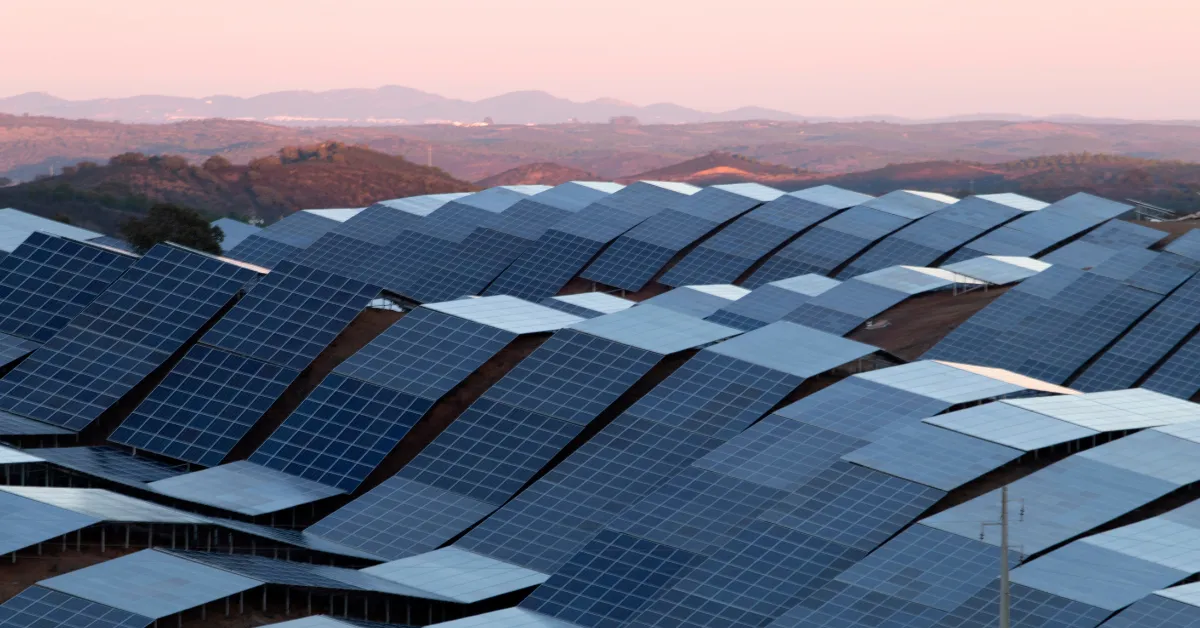
Navigating the One Big Beautiful Bill: Opportunities and Challenges for Energy Investors
As we navigate the evolving landscape of U.S. energy policy, the recent passage of the One Big Beautiful Bill Act (OBBB) by the U.S. House and Senate marks a pivotal moment for the energy sector. Signed into law by President Trump on July 4, 2025, the OBBB aims to restore energy independence and affordability. At American Energy Fund (AEF), we remain committed to delivering high-yield, asset-backed investment opportunities in oil, gas, and solar, guided by our philosophy of energy addition—expanding America’s energy capacity to meet soaring demand without succumbing to the pitfalls of greenwashing or restrictive energy transition mandates. In this post, we analyze the OBBB’s key energy provisions, highlighting both the opportunities and challenges for our portfolio and your investments.
Opportunities: Strengthening Traditional Energy Investments
The OBBB introduces significant incentives for traditional energy, aligning with our strategy to strengthen America’s energy backbone through reliable, high-return assets. A standout provision is the restoration of 100% bonus depreciation for oil and gas investments, up from the 40% available in 2024, for eligible property acquired and placed in service after January 19, 2025, and before January 1, 2030. This enhanced depreciation allowance enables AEF to accelerate capital recovery on projects like our Permian Basin Joint Venture and North Texas Drilling Program, maximizing after-tax returns for our investors. By reducing taxable income upfront, this policy enhances the attractiveness of our oil and gas portfolio, which continues to deliver stable monthly passive income and tax advantages, such as 100% deductions on intangible drilling costs and a 15% tax exemption on production income.
Additionally, the OBBB extends the Section 45Z clean fuel production credit until December 31, 2031, with a new requirement that feedstocks be sourced from the U.S., Canada, or Mexico. This supports our investments in cleaner-burning fuels, reinforcing our commitment to practical, market-driven energy solutions that balance profitability with environmental responsibility. These provisions empower AEF to capitalize on America’s abundant natural resources, ensuring energy security and robust returns for our investors.
Challenges: Impacts on Renewable Energy
While the OBBB strengthens traditional energy, it poses challenges for renewable energy, particularly solar, where AEF has significant expertise and investments. The bill accelerates the repeal of key tax credits introduced under the 2022 Inflation Reduction Act (IRA), notably the Section 45Y clean electricity production credit and Section 48E clean electricity investment credit, which will be unavailable for projects that begin construction after a 60-day window post-enactment or are not placed in service by December 31, 2027. For solar, this effectively terminates incentives that have driven growth in projects like our solar microgrids for data centers, which power the AI revolution with reliable, scalable energy.
The Residential Clean Energy Credit (Section 25D), which offers a 30% tax credit for homeowner solar installations, will also end for expenditures after December 31, 2025. This abrupt phaseout disrupts the economics of residential solar, potentially reducing demand and affecting our solar leasing programs. While AEF supports a gradual reduction of subsidies as industries mature, the OBBB’s rapid repeal risks destabilizing a sector critical to meeting America’s growing energy needs. Industry estimates suggest that up to 72% of planned wind and solar projects could be halted, threatening jobs and energy capacity at a time when demand from AI data centers and electrification is surging.
To be candid, I share the skepticism of many conservatives about wind energy’s reliability and land-use challenges, and I believe solar is a more practical renewable solution. However, the loss of solar tax credits is a setback. At AEF, we are adapting by accelerating construction timelines for our solar projects to secure existing credits before deadlines and exploring private financing to bridge the gap. Our team’s decades of experience in solar, from my own roots in building a $180 million solar enterprise, positions us to navigate these changes while continuing to deliver value.
Our Strategy: Prioritizing Energy Addition
The OBBB reflects a broader policy shift prioritizing baseload energy sources like natural gas and nuclear, which we support for their reliability. However, we reject the notion of an energy transition that sidelines traditional fuels or overpromises on unproven technologies—a narrative often steeped in the kind of greenwashing championed by figures like Al Gore. Instead, AEF advocates for energy addition: expanding all viable energy sources to meet demand. Solar, with its rapid deployment and scalability, complements our oil and gas investments, ensuring a diversified portfolio that mitigates risks from policy shifts like the OBBB.
For more insights or to explore investment opportunities with AEF, reach out at info@americanenergyfund.com. Let's continue building a stronger energy future together.
Mikey Lucas
Managing Director, American Energy Fund
July 25, 2025
Disclaimer: This blog post is for informational purposes only and does not constitute investment advice. Past performance is not indicative of future results. Consult with your financial advisor before making investment decisions.
